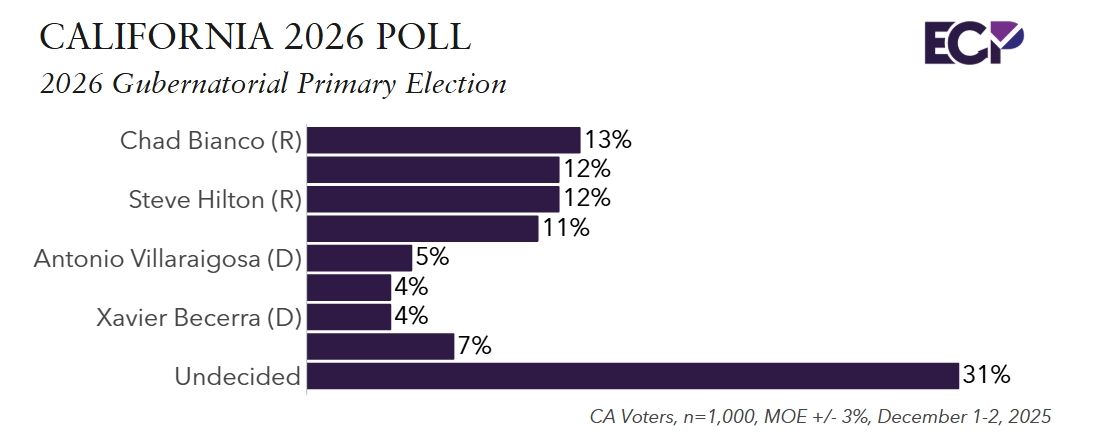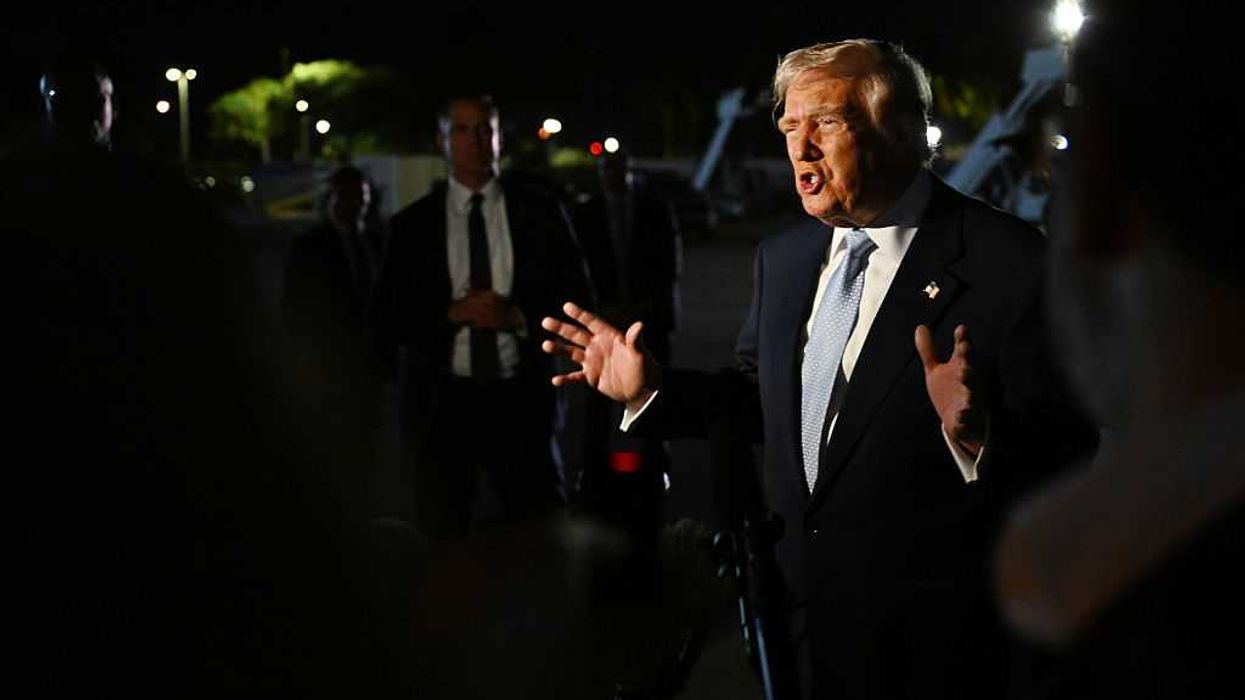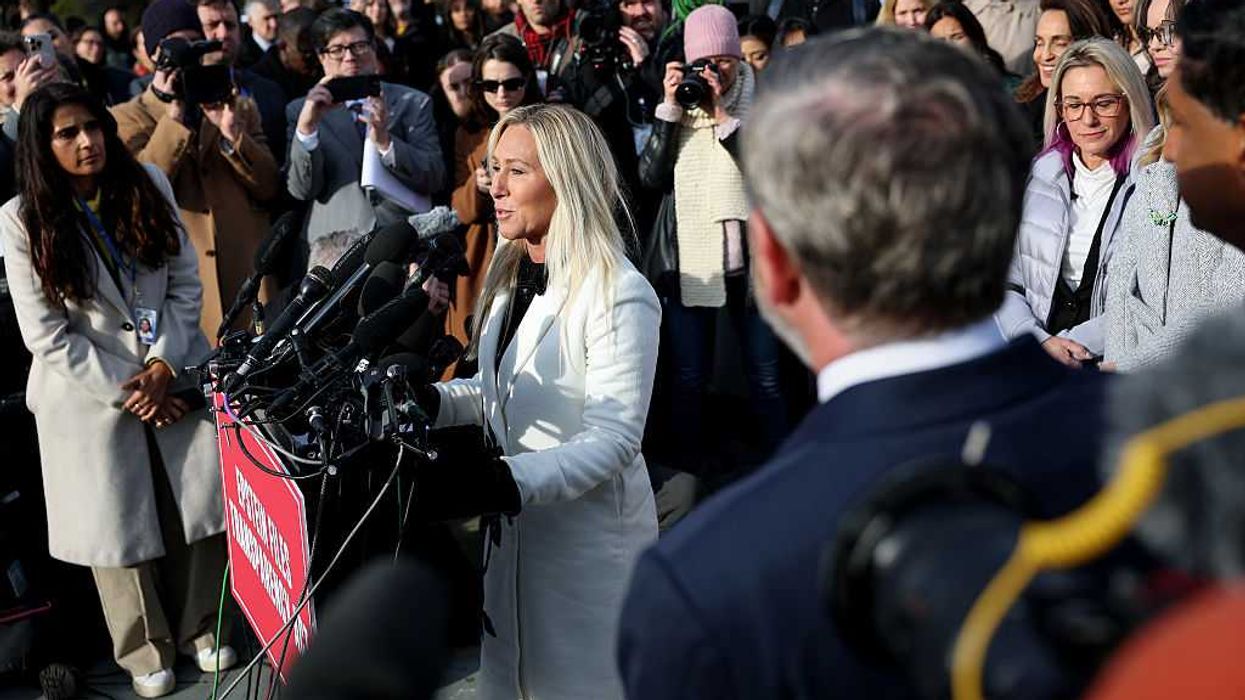K okolis is an impact associate for United to Protect Democracy. Tremitiere is counsel for United to Protect Democracy.
More than 200 years ago, Thomas Jefferson warned that “the most dangerous blot in our constitution” was the process requiring Congress to pick the president and vice president if no candidate receives a majority in the Electoral College. Barely a year later, a four-way race for the presidency in 1824 failed to produce a majority winner. As Jefferson predicted, the subsequent congressional selection of the candidate who finished a distant second (in popular support and the Electoral College) led to popular upheaval and widespread approbation. Two centuries later, a political and constitutional crisis awaits if we end up with an electoral tie or a third candidate pulls off an upset in even just one state, preventing an electoral majority.
The process at issue is set in the 12th Amendment and has become known as a “ contingent election.” The constitutional text provides a few clear rules: If no presidential candidate wins a majority in the Electoral College (270 electors today), the top three finalists compete for the presidency in the House of Representatives. If someone can secure the support of a majority of state delegations (26 today), he or she becomes president. If no vice presidential candidate claims an Electoral College majority, the Senate chooses between the top two finalists, with the vice presidency going to whoever can earn a simple majority of support.
The presidential election of 1800 triggered the first contingent election and exposed clear flaws in the original presidential selection process. The 12th Amendment was subsequently ratified to fix some of those issues — while keeping intact the contingent mechanism. John Quincy Adams emerged from the House as the nation’s sixth president in 1825 despite his electoral loss to Andrew Jackson. In 1837, a protest vote in the Electoral College deprived the victorious vice presidential candidate of a majority, but his allies held sway in the Senate and quickly ratified his victory. Despite a few close calls arising from strong regional support for the segregationist third-party campaigns of Strom Thurmond in 1948 and George Wallace in 1968, this process has never been triggered since. The last time this part of the Constitution was invoked, there were 26 states in the Union and Samuel Morse was still months away from introducing the public to the telegraph.
Despite ample time to heed Jefferson’s warning and several constitutional amendments improving other aspects of our presidential election process, the “most dangerous blot” remains a lurking threat. The most obvious concern is the fundamentally undemocratic nature of a contingent election: Congress has no constitutional obligation to heed the will of the electorate, and the voting power of House members varies widely based on geography.
Because the House vote is tallied by state delegation, not individual members, the one representative from Wyoming has the same voting power as the 52 members from California. The one representative from Vermont has the same say as the 38 members from Texas. Put otherwise, the members representing the 69 million residents of the two most populous states would control 2 out of the 50 total votes in the House — while members representing the 69 million residents of the 28 least populous states would control 28 votes. Washington, D.C., has three votes in the Electoral College, but zero votes in a contingent election, depriving 700,000 people in the nation’s capital of any voice in deciding who moves into the White House.
For much of U.S. history, the major party with more support in rural America has typically enjoyed a disproportionate advantage in state delegations. Today, the Republican Party has that edge, meaning its candidate would have an easier path to securing the support of 26 states in the House — even if the electorate expressed a strong preference otherwise at the ballot box. Such an outcome could further erode public faith at a time when trust in U.S. democratic institutions is already dangerously low.
In addition to concerns about democratic legitimacy, the absence of clear rules and legal guardrails governing the contingent election process opens the door for abuse and high-stakes conflict. Apart from the basic constitutional requirements set forth above, federal law is silent on the administration of a contingent election, as Congress has never enacted a statute to establish the rules in advance. Instead, the first step of a contingent election in the House would be the adoption of a special rule detailing the procedures that will govern the process. The party with a majority of seats in the House would have a clear incentive (and ability) to shape and implement rules that favor its candidate — or undermine an opponent.
For instance, the House could rule that delegations must come to a unanimous decision on how to cast their vote rather than awarding their vote to the candidate who has majority support among the state’s representatives. One side might have an incentive to take this approach, as a foreseeable consequence would be a protracted stalemate and vacant presidency, eventually triggering the line of presidential succession and the possible ascension of a partisan ally. (Even there, if the Senate likewise fails to select a vice president, a dispute over the constitutionality of the presidential succession statute could lead a legislative leader from one party and a top Cabinet official from the other party to each assert their right to assume the acting presidency.)
But it should not be taken for granted that the House would even be able to start a contingent election before Inauguration Day. When the House is narrowly divided — as it is today and will likely be again in the 119th Congress — a small group of extremist lawmakers could thwart the selection of a new House speaker and prevent the timely counting of electoral votes and initiation of a contingent election. Over three weeks of stalemate and failed nominations preceded the election of Speaker Mike Johnson in October 2023. The 14-day span between the electoral vote count and Inauguration Day leaves little room for such deadlock.
Further, Congress has failed to pass the law specifically authorized by the 20th Amendment to provide for an orderly substitution of a candidate who dies during this process. Instead, an untimely death would mean that the candidate's party would simply be excluded from competing in and prevailing in the contingent election. These are just a sample of the dangerous incentives and opportunities for procedural chaos that could arise during a contingent election and jeopardize the peaceful and orderly transition of power. Our organization published a report last year explaining in detail many of these risks. Former members of Congress — both Republicans and Democrats — have echoed these concerns. So have legal scholars, thought leaders, and experts from the left and right.
In 2024, it is entirely possible that the Democratic and Republican candidates could tie with 269 electors each, setting these dangerous wheels in motion. Current polling suggests that none of the possible third-party and independent candidates are expected to be competitive in November — but an unexpected upset in one state could be enough to keep anyone from hitting 270. Indeed, Robert F. Kennedy Jr. has shared favorable views of a contingent election, saying he would be in the “best position to be [a] compromise candidate” in the House vote. His campaign has described this process as a “clear pathway[] to the White House”. Before withdrawing from contention in early April, No Labels had shared similar views, suggesting a contingent election could provide leverage to “cut a deal” for policy concessions or key appointments. We might avert this disaster in 2024, but we could confront the same threat again in 2028.
The risks posed by the threat of a contingent election are clearly serious: What can we do to mitigate them? A constitutional amendment could eliminate the contingent election altogether, awarding the presidency to whoever wins a plurality in the Electoral College and providing for an alternative process in the event of a tie. A more modest amendment could give all members of the House equal voting power and clarify the myriad questions left unresolved by the current text. Short of amending the Constitution, Congress could address much of the procedural ambiguity and avenues for partisan gamesmanship through a statute providing clear and equitable rules for any future contingent elections.
Absent changes to federal law, we can still take steps to reduce the likelihood that a contingent election occurs. Greater public understanding of the risks could strengthen norms against electoral tactics likely to lead us down this road. Third-party and independent candidates could face strong public pressure to withdraw from the race if polling suggests they could win a decisive number of electors but have no chance of winning an electoral majority themselves. Third parties could also go one step further, using their ballot line to cross-nominate and build an electoral alliance with whichever of the two nationally competitive candidates aligns more closely with their platform. This tactic, described as “ fusion ” (because two parties fuse together to support a shared candidate), has been wielded by third parties dating back to the mid-1800s and has offered opportunities for constructive electoral influence for the pragmatic and strategically savvy.
A key advantage of this approach is the ability to form a unified, ideologically diverse electoral coalition committed to a set of shared, core values. Today, a majority of the U.S. electorate spanning the left, center and right supports the rule of law and embraces democracy, but could split their votes across several candidates and facilitate the election of a man openly promising authoritarian rule if he returns to the White House. Concerted action to unite this coalition at the ballot box — a fusion of voters with diverse views, interests and priorities but shared democratic values — would reduce the odds of both triggering a contingent election and electing an autocrat.




















